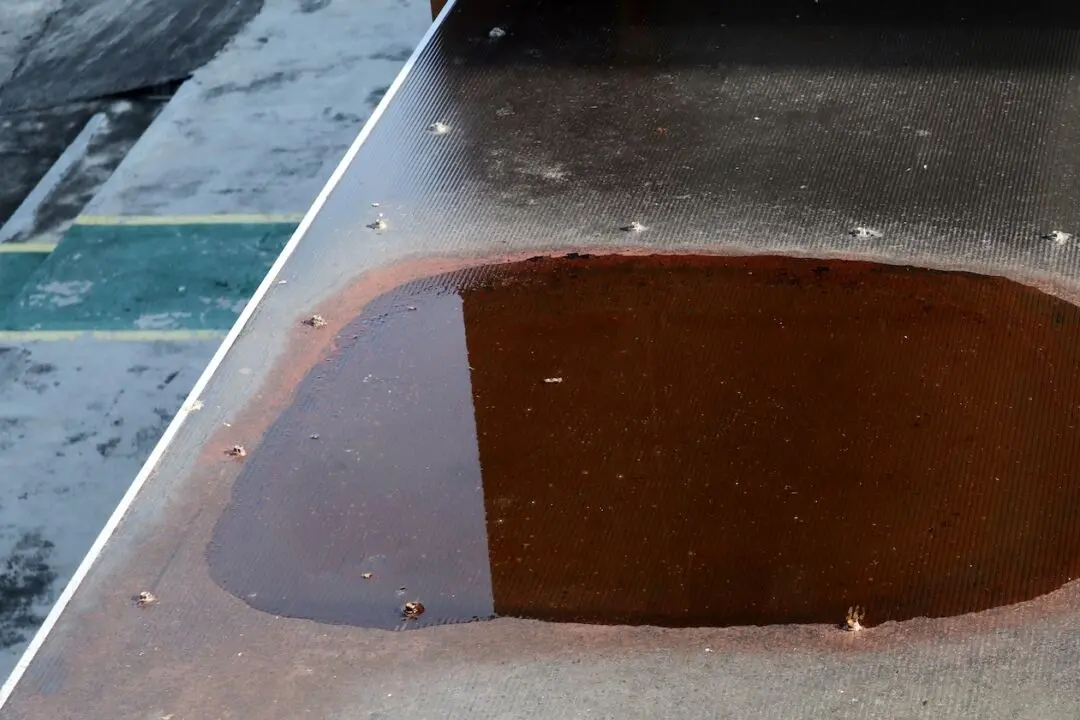Dear James: I bought an air compressor because I think pneumatic tools are better than electric tools. Now I need a long hose. What type of pneumatic hose is good for tools?—Juan K.
Dear Juan: For many home projects, pneumatic tools are better than electric or battery-powered ones. Electric tools, and particularly battery-powered tools, are generally heavier than pneumatic tools. If you plan to use an electric tool from a standard 110-volt outlet, its maximum power is limited to 15 or 20 amperes.





